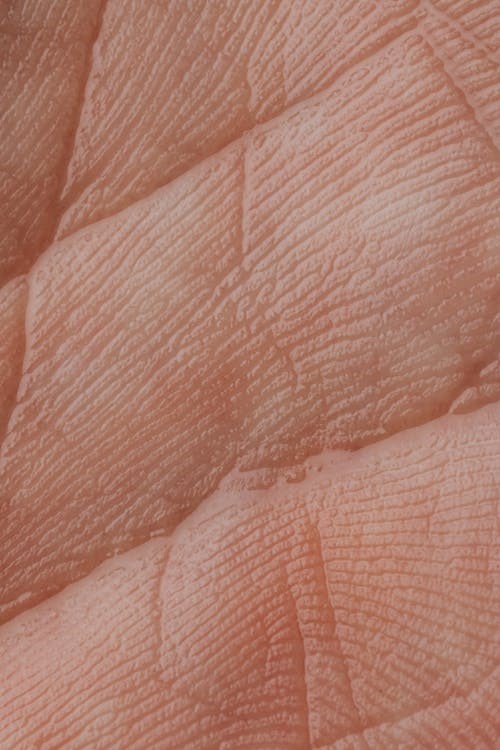Non-Invasive Measurement of Skin Tension Lines
Minimally invasive device that measures collagen fiber orientation.
A majority of reported mechanical assessments of skin are based on ex-vivo studies of skin samples, although some in-vivo studies have been reported. Most devices used to measure the mechanical properties of skin in-vivo however have a drawback. Devices that apply torsion or suction ignore the mechanical anisotropy of the skin. The orientation of collagen fibers in the dermis cause the mechanical properties of full thickness skin to vary with the orientation of the applied loads. In essence, skin tissue exhibits lines of tension. The stiffness of skin when stretched along the direction of aligned collagen fibers is greater than when stretched perpendicular to this direction. Understanding the collagen fiber orientation at an anatomical site is of importance to surgery. Incisions made across the aligned collagen fibers typically result in an increased risk of unsightly keloid scars; raised and overgrown scar tissue that is sometimes accompanied by severe itchiness, pain, and a change in texture from the surrounding tissue. Currently, surgeons manually manipulate the skin to determine the collagen fiber orientation. While this process is rapid, it lacks accuracy.
We have developed a pain free, non-invasive and rapid method of quantifying dermal collagen fiber orientation. This system is likely also to be of use in assessing the efficacy of cosmetic products. Ageing and photodamage can degrade collagen in the dermis. This degradation is likely to affect the mechanical anisotropy of the skin. Currently, the efficacy of anti-ageing products whose purpose is to alleviate age based skin wrinkles by stimulating collagen synthesis is primarily assessed by quantifying clinical changes in appearance. While in-vivo mechanical testing devices do exist such as cutometers or reviscometers, these devices have limitations. Cutometers ignore the mechanical anisotropy of the skin and reviscometers require multiple repeat tests at any one anatomical site to measure the collagen fiber orientation. Our system requires only one test at any given anatomical site to record collagen fiber orientation and could be used to measure the impact of anti-ageing products on skin over time by quantifying changes in skin firmness and mechanical anisotropy.

- Measurement of Collagen fiber orientation requires only 1 quick and simple measurement with our system.
- No current system being produced today can offer non-invasive measurements of the mechanical anisotropy of the skin.
Patent Information:
| App Type |
Country |
Serial No. |
Patent No. |
Patent Status |
File Date |
Issued Date |
Expire Date |
|